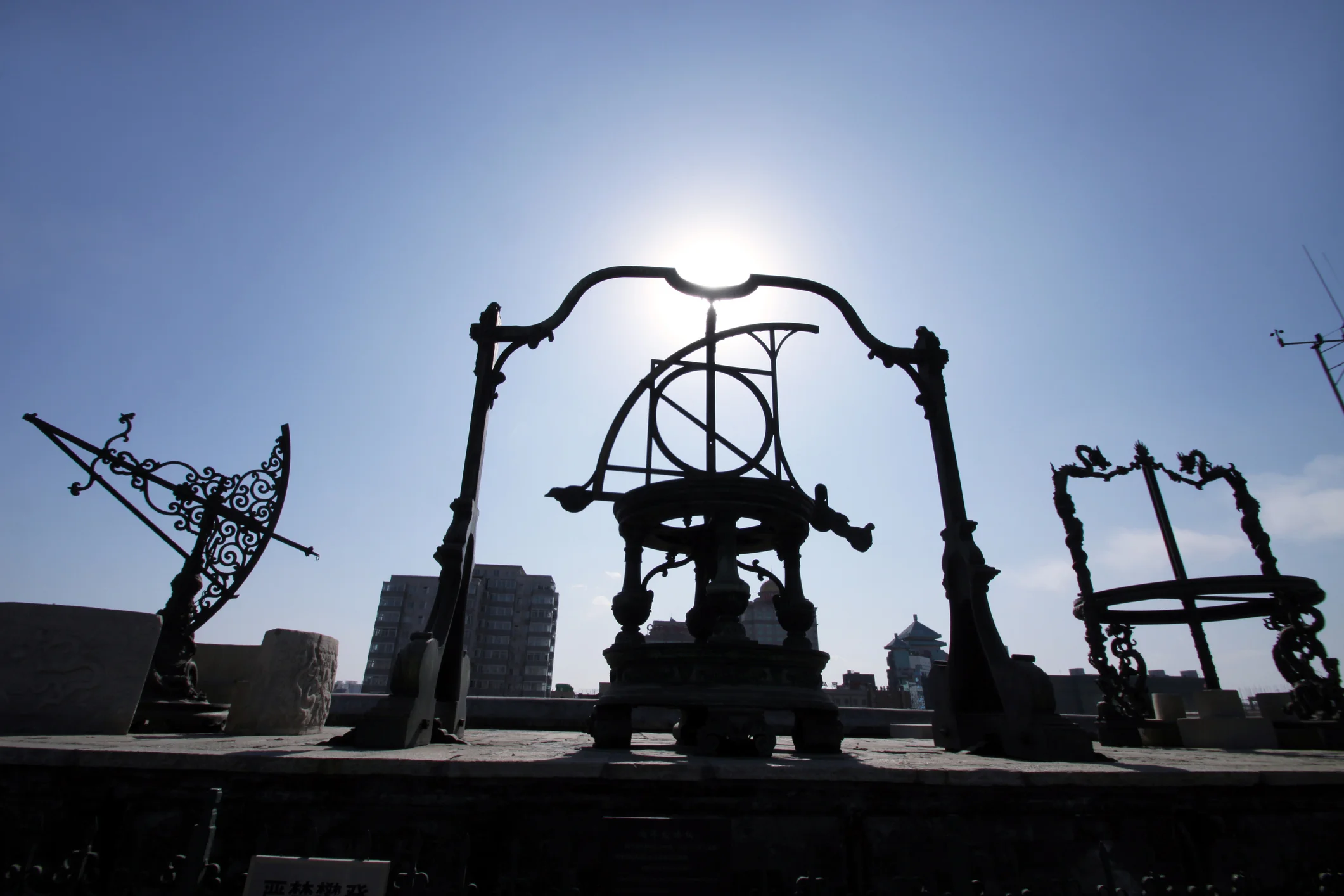Throughout history, humanity has imbued objects with profound meaning, transforming ordinary items into powerful symbols that transcend time. These artifacts serve as bridges connecting generations, cultures, and aspirations across the eternal dance between what was, what is, and what might be.
From ancient amulets to digital tokens, symbolic artifacts have always reflected our deepest values, beliefs, and hopes. They tell stories without words, preserving collective memory while pointing toward future possibilities. Understanding these treasures offers us a unique lens through which we can examine the human experience across all temporal dimensions.
🏺 The Enduring Power of Symbolic Objects
Symbolic artifacts possess a remarkable ability to compress complex ideas, emotions, and histories into tangible forms. Unlike mere possessions, these objects carry weight beyond their physical properties, serving as vessels for cultural identity, spiritual significance, and social cohesion.
The relationship between humans and symbolic objects is fundamentally psychological and anthropological. We invest these items with meaning through collective agreement, ritual practice, and storytelling. A piece of metal becomes a sacred relic; a strip of cloth transforms into a national flag; a digital file evolves into a valuable collectible.
This transformative process reveals something essential about human consciousness: our need to materialize the abstract. We cannot hold time itself, but we can hold a pocket watch passed down through generations. We cannot grasp faith directly, but we can touch a prayer bead or religious icon.
Ancient Artifacts: Windows to Forgotten Worlds
Archaeological discoveries continually unveil artifacts that illuminate ancient civilizations. These objects serve as time capsules, preserving knowledge, beliefs, and practices that might otherwise vanish completely from human memory.
Sacred Objects and Religious Symbolism
Ancient cultures produced countless religious artifacts that continue to fascinate modern observers. Egyptian scarabs, Greek votive offerings, and Mesopotamian cylinder seals all carried profound spiritual significance. These objects weren’t merely decorative; they functioned as protective talismans, offerings to deities, and statements of faith.
The Rosetta Stone stands as perhaps the most famous linguistic artifact, unlocking the mysteries of Egyptian hieroglyphics. Its symbolic value extends beyond its original purpose as a decree, becoming an emblem of translation, understanding, and cross-cultural communication itself.
Tools and Technology as Cultural Markers
Prehistoric tools demonstrate humanity’s earliest problem-solving capabilities. A hand axe from the Paleolithic era represents more than utilitarian function—it symbolizes cognitive development, forward planning, and the transmission of knowledge across generations.
Bronze Age weaponry and Iron Age implements mark technological revolutions that reshaped societies. These artifacts symbolize power structures, economic systems, and the competitive dynamics that drove innovation throughout ancient history.
🎭 Contemporary Symbols in Modern Society
The present era continues humanity’s ancient tradition of creating and valuing symbolic objects, though the forms and contexts have evolved dramatically. Modern symbolic artifacts reflect contemporary values, technologies, and social structures.
National and Political Symbols
Flags, monuments, and government seals serve as powerful unifying symbols for modern nation-states. The Statue of Liberty transcends its physical form to represent freedom and opportunity. The Berlin Wall fragments, once symbols of division, now commemorate reunification and the triumph of liberty over oppression.
Political artifacts like constitutions, declarations, and treaties materialize abstract governance principles. The original U.S. Constitution, preserved under protective glass, symbolizes democratic ideals and rule of law, attracting millions of visitors who seek connection with foundational principles.
Cultural Icons and Pop Culture Artifacts
Contemporary culture generates its own treasured objects. Movie props, musical instruments used by famous artists, and sports memorabilia command astronomical prices at auctions, demonstrating their symbolic value far exceeds material worth.
Dorothy’s ruby slippers from “The Wizard of Oz” or the original Star Wars lightsaber props represent more than film history—they embody collective cultural experiences, nostalgia, and shared narratives that define generational identity.
Personal Artifacts in the Digital Age
Even as digital technology dominates communication, physical personal artifacts maintain their emotional significance. Wedding rings, family photographs, and inherited heirlooms continue serving as tangible connections to relationships, memories, and personal history.
Interestingly, the digital age has created hybrid forms of symbolic artifacts. Social media accounts become digital legacies; email threads preserve relationships; and cloud-stored photographs function as modern memory boxes, existing simultaneously in physical and virtual realms.
⚡ The Evolution of Value and Meaning
Understanding how objects acquire and maintain symbolic value reveals fascinating patterns in human psychology and social dynamics. The process isn’t random but follows recognizable principles that operate across cultures and time periods.
Rarity and Uniqueness
Limited availability often enhances symbolic value. One-of-a-kind items or those with restricted production carry premium significance. This scarcity principle explains why prototype artifacts, limited editions, and historically unique objects command such attention.
Provenance and Authenticity
An object’s history—who owned it, where it originated, what events it witnessed—dramatically affects its symbolic weight. Provenance documentation transforms ordinary items into historically significant artifacts. A simple pen becomes precious when verified as the instrument that signed an important treaty.
Association and Connection
Objects gain meaning through association with important people, places, or events. Celebrity-owned items, artifacts from historical sites, or objects present during pivotal moments become symbolic through these connections rather than inherent qualities.
🔮 Future Artifacts: Anticipating Tomorrow’s Treasures
Predicting which contemporary objects will become future treasures requires understanding current trends and anticipating how societies might value them retrospectively. Some categories emerge as likely candidates for future symbolic significance.
Technology Milestones
First-generation technological devices often become symbolic of innovation eras. The original iPhone, early personal computers, and pioneering gaming consoles already function as artifacts representing the digital revolution. Future collectors will likely treasure early virtual reality headsets, quantum computing prototypes, and AI development hardware.
Space exploration artifacts hold particular promise as future treasures. Objects from Mars missions, asteroid samples, or equipment used in establishing lunar bases will symbolize humanity’s transformation into a spacefaring civilization.
Environmental and Climate Artifacts
As climate change reshapes our world, objects documenting environmental transformation will gain symbolic importance. Ice core samples, species preservation efforts, and artifacts from endangered ecosystems will serve as powerful reminders of planetary changes.
Ironically, objects representing extinct technologies—internal combustion engines, single-use plastics, or fossil fuel infrastructure—may become symbolic artifacts representing humanity’s transition toward sustainability.
Blockchain and Digital Artifacts
Non-fungible tokens (NFTs) and blockchain-verified digital artifacts represent a new frontier in symbolic objects. While controversial, they demonstrate humanity’s capacity to create scarcity and ownership in digital spaces, extending ancient artifact traditions into virtual realms.
The first tweet sold as an NFT, digital art by pioneering creators, and early cryptocurrency wallets may all achieve future symbolic status as artifacts marking the digitalization of value and ownership.
💎 Preservation and Curation: Protecting Symbolic Heritage
Maintaining symbolic artifacts for future generations requires sophisticated preservation strategies, institutional support, and philosophical clarity about what deserves conservation and why.
Museums as Temporal Bridges
Museums function as institutional custodians of symbolic artifacts, bridging past, present, and future. These institutions don’t merely store objects; they construct narratives, provide context, and facilitate ongoing relationships between artifacts and communities.
Modern museums increasingly embrace interactive technologies, allowing visitors to experience artifacts through augmented reality, detailed 3D scans, and immersive exhibitions. These approaches ensure symbolic objects remain relevant and accessible to contemporary audiences.
Digital Preservation Challenges
Born-digital artifacts face unique preservation challenges. File format obsolescence, hardware incompatibility, and data degradation threaten digital cultural heritage. Preserving early websites, video games, digital art, and electronic communications requires ongoing technical intervention and format migration.
Internet archives, software preservation initiatives, and digital museum projects work to ensure future generations can access and understand our digital cultural production, recognizing that today’s tweets and memes may be tomorrow’s historical documents.
🌍 Cross-Cultural Perspectives on Symbolic Objects
Different cultures approach symbolic artifacts with varying philosophies, revealing diverse relationships with material culture, history, and meaning-making.
Eastern Approaches to Sacred Objects
Many Eastern traditions emphasize the impermanence of physical forms while still recognizing the symbolic power of certain objects. Buddhist relics, Hindu murtis, and Shinto sacred mirrors demonstrate how spiritual significance can be invested in material forms without contradicting philosophies of non-attachment.
Japanese concepts like mono no aware (the patina of age) and wabi-sabi (beauty in imperfection) offer alternative frameworks for valuing artifacts, where time’s effects enhance rather than diminish symbolic meaning.
Indigenous Perspectives on Cultural Heritage
Indigenous communities worldwide maintain distinct relationships with cultural artifacts, often viewing them as living entities with ongoing spiritual significance rather than historical curiosities. These perspectives challenge Western museum practices and raise important questions about ownership, repatriation, and appropriate custodianship.
Sacred objects removed from indigenous communities during colonial periods increasingly return to their origin communities, acknowledging that some symbolic artifacts require specific cultural contexts to maintain their proper meaning and function.
The Psychology of Collecting and Treasure-Seeking
Human fascination with symbolic artifacts drives collecting behaviors ranging from casual hobbyists to serious antiquarians. Understanding this psychology reveals deeper truths about identity, memory, and meaning-making.
Collecting as Identity Expression
Collections express personal identity, values, and interests. Accumulated artifacts create narratives about who we are, what we value, and how we want others to perceive us. A collection becomes autobiographical, telling stories through assembled objects.
The Thrill of Discovery
Finding valuable or meaningful artifacts triggers powerful psychological rewards. Whether discovering family heirlooms in attic boxes or bidding successfully for rare collectibles, the acquisition process itself carries emotional significance beyond the objects obtained.
Metal detecting, antique hunting, and archaeological excavation all tap into this treasure-seeking impulse, combining hope, surprise, and connection with history into compelling experiences that drive continued engagement with symbolic artifacts.
🎨 Creating Tomorrow’s Treasures Today
Contemporary artists, designers, and creators consciously produce objects intended to carry symbolic meaning into the future. This intentional artifact creation raises interesting questions about whether meaning can be designed or must emerge organically through time and use.
Commemorative Objects and Time Capsules
Time capsules represent explicit attempts to create future artifacts, deliberately selecting objects to represent current times for future audiences. These capsules embody assumptions about what future people will find interesting, meaningful, or necessary to understand our era.
Commemorative coins, limited edition publications, and anniversary objects attempt similar preservation of temporal markers, creating instant artifacts that bundle current significance with anticipation of future value.
Art as Intentional Legacy
Contemporary artists increasingly consider longevity and future interpretation in their work. Some create pieces designed to change over time, incorporating degradable materials or interactive elements that ensure ongoing transformation. Others use archival materials and documentation protocols to maximize preservation potential.
Public art installations, monumental sculptures, and architectural landmarks consciously position themselves as future artifacts, seeking to shape how coming generations remember and understand our current moment.
Ethical Considerations in Artifact Commerce
The marketplace for symbolic artifacts raises complex ethical questions about ownership, access, cultural heritage, and commercialization of meaning.
Provenance and Looting
Ensuring artifacts were ethically sourced remains a persistent challenge. Archaeological looting destroys contextual information while feeding black markets. Reputable institutions and collectors increasingly demand thorough provenance documentation, refusing items with questionable acquisition histories.
Accessibility versus Preservation
Balancing public access with conservation needs creates ongoing tensions. Should fragile artifacts be displayed despite deterioration risks? How can institutions make collections accessible while protecting vulnerable objects? Digital technologies offer partial solutions through high-quality reproductions and virtual access.
✨ The Timeless Nature of Human Meaning-Making
Examining symbolic artifacts across time reveals a fundamental constant: humanity’s need to create, preserve, and transmit meaning through physical objects. This impulse transcends technological changes, cultural shifts, and historical transformations.
Whether carving symbols into stone tablets or minting digital tokens on blockchains, we continue the ancient practice of materializing significance. The forms change, but the underlying drive remains consistent—to connect across time, to preserve what matters, and to leave traces of our existence for those who follow.
Future archaeologists, whether human or artificial intelligence, will examine our artifacts seeking to understand our values, beliefs, and experiences. The objects we create and preserve today will tell tomorrow’s stories about who we were, what we valued, and how we understood ourselves within the flow of history.
Symbolic artifacts ultimately serve as humanity’s conversation with itself across time—past voices speaking to present listeners, who in turn address future audiences through carefully selected treasures. This ongoing dialogue, conducted through objects imbued with meaning, represents one of our species’ most distinctively human characteristics.
By recognizing the symbolic power of artifacts from all temporal dimensions, we participate more consciously in this cross-generational conversation, choosing wisely what to preserve, how to interpret inherited treasures, and which contemporary objects merit safeguarding for future discovery. In this way, we honor both the past that shaped us and the future we help create through our curatorial choices today.
Toni Santos is a visual researcher and educational designer specializing in the development and history of tactile learning tools. Through a hands-on and sensory-focused lens, Toni investigates how physical objects and textures can enhance understanding, memory, and creativity while exploring the intersections of ancient temporal systems, ritualized time practices, and cultural perceptions of chronology. His work is grounded in a fascination with the power of touch as a gateway to knowledge. From embossed maps and textured alphabets to handcrafted manipulatives and sensory kits, Toni uncovers the subtle ways tactile tools shape cognitive development and learning experiences, while engaging with ancestral calendars and forgotten systems, chrono-rituals and time portals, cultural time perception and myth, and devices and tools of time. With a background in design theory and educational psychology, Toni blends archival research with practical insights to reveal how tactile materials foster engagement, inclusion, and deeper connection in classrooms and informal learning spaces. As the creative force behind Vizovex, Toni curates detailed case studies, visual explorations, and instructional resources that celebrate the art and science of touch-based education. His work is a tribute to: The transformative role of tactile tools in learning The intersection of sensory experience, cognition, and temporal wisdom The craft and innovation behind educational objects and time devices Whether you’re an educator, designer, or lifelong learner, Toni invites you to explore the rich textures of knowledge—one touch, one tool, one discovery at a time.




